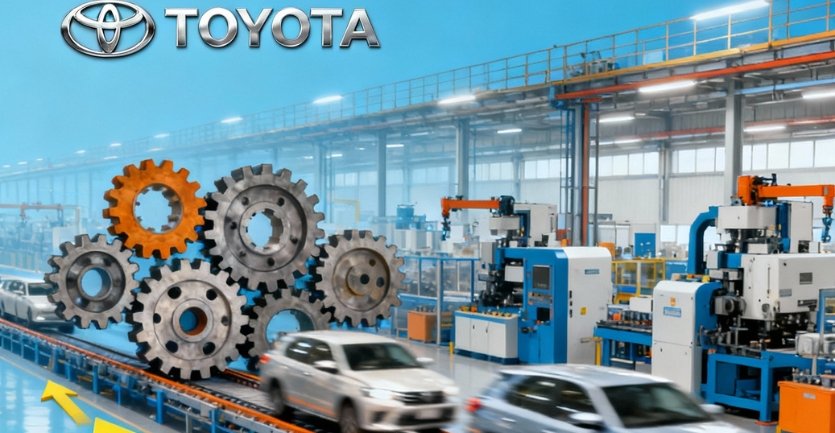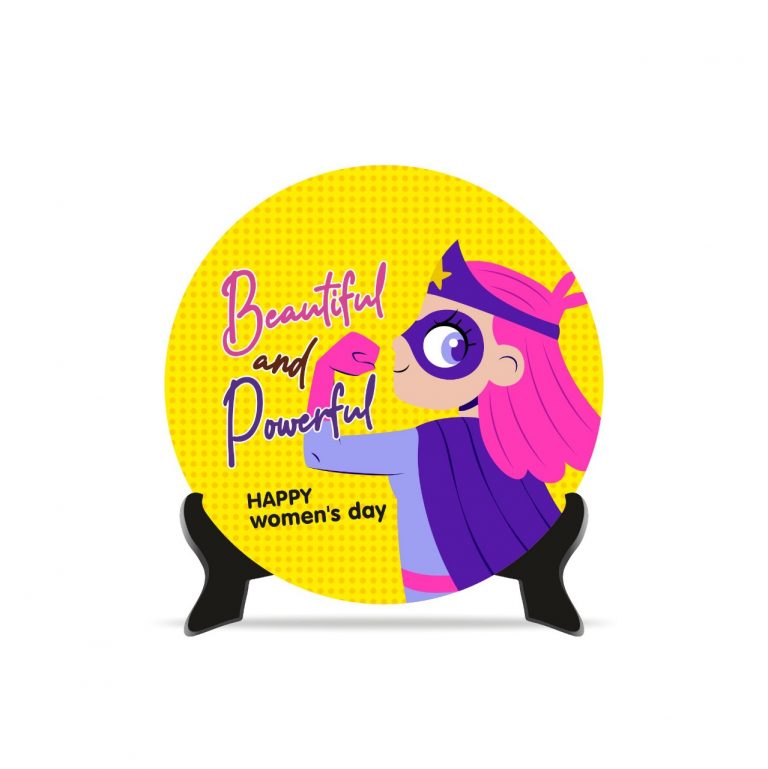The modern workplace demands agility. This means being adaptable in technology, people, and culture. Toyota has long defined this idea. They show that relentless continuous improvement is the foundation for deep, lasting trust. This trust extends to every employee. It’s more than a production method. It is an advanced philosophy of Leadership in workplaces.
Toyota’s core is the Toyota Production System (TPS). It rests on two principles. These are “Respect for People” and “Continuous Improvement” (Kaizen).
They define the organization’s workplace culture. They build an employer branding that highly values human capability. They create an experience where every team member feels powerful.
The Pillars of Trust: Respect and Kaizen
Toyota’s success rests on stability and quality. These are achieved through strong trust. This trust is built daily through Kaizen.
Respect for People: Security and Voice
Respect for People guarantees security and value. Toyota views layoffs as a severe failure. This commitment secures stable employment. This long-term promise allows employees to suggest changes freely. They don’t fear eliminating their own jobs.
- Job Stability: Knowing improvement won’t cause job cuts creates deep psychological safety.
- Mutual Trust: In 1962, a formal declaration established mutual trust in labor relations. This is still fundamental to their HR practice.
Continuous Improvement (Kaizen): Empowering the Front Line
Kaizen means small, steady, universal improvements. Everyone participates, from shop floor to executives. This is how respect is actively shown.
- Problem-Solvers: Workers are not just told to follow steps. They are trained to spot and solve problems. They can even stop the line (Jidoka) for immediate fixes.
- Ownership: This empowerment gives team members ownership over their process. When an employee’s idea is adopted, their value is confirmed. This strengthens their belief in the company.
Leadership: Go to the Source (Genchi Genbutsu)
Effective leadership translates philosophy into daily habit. Toyota leaders teach the culture, they don’t just manage.
- Genchi Genbutsu (Go and See): Leaders must personally visit the work area (gemba). They must see the situation firsthand. They reject remote management decisions that rely on facts, not summaries.
- Visible Commitment: A leader who joins the floor to help solve a problem sends a powerful signal. It builds credibility. It confirms that the daily reality of every employee is important.
This hands-on approach to Leadership in workplaces builds confidence. It proves management shares the commitment to excellence, not just detached authority.
Related Posts
Building Learning Through Feedback
Toyota fosters a learning organization. Mistakes are not punished. They are seen as opportunities to improve a process. This norm is vital for an agile, responsive company.
- Reflection (Hansei): After every project, a deep reflection (Hansei) occurs. They openly acknowledge and learn from mistakes. They create concrete improvements immediately.
- Standardized Work: Standards create a stable starting point. They are not limits. If an employee finds a better way, the standard is immediately updated. The improvement is shared company-wide. This cycle ensures everyone adds to the collective knowledge.
HR’s Role: Cultivating the Employee Experience
For HR specialists, Toyota shows how talent strategy links to operations. HR reinforces the core culture.
- Cultural Fit Recruiting: Hiring finds people who naturally align with Respect for People and continuous learning.
- Thorough Onboarding: New hires are immersed in the culture right away. They learn values in action, not just skills. This boosts long-term employee engagement and retention.
- Measuring Sentiment: Toyota uses internal workplace surveys and open dialogue. They track morale, balance, and recognition. This feedback loop quickly addresses gaps. It prevents small issues from breaking trust.
This focused employer branding is self-sustaining. Employees are trusted. They drive improvements. The company thrives. The cycle of trust becomes stronger.
Conclusion: How Toyota Builds Trust for the Long Term
Toyota’s model is a clear guide for creating high-trust, high-performing environments. How Toyota Builds Trust is simple: it’s through consistent, visible daily actions.
It requires Leadership in workplaces that engages, listens, and acts on input. It demands an organizational experience where honest feedback is safe and expected.
By placing respect and steady progress at the center of operations, Toyota makes employees valued partners. This is agility with staying power.
Disclaimer: This article is for informational purposes only. While efforts are made to ensure accuracy, readers should verify information and seek professional advice as needed.









